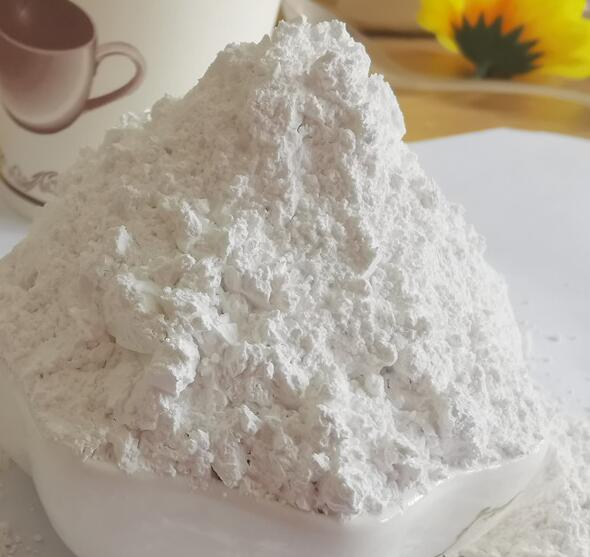Innovative flame retardant technology: Synthesis of organic functionalized magnesium hydroxide curing agent and in-depth study of the intrinsic flame retardant properties of epoxy resin 
With the increasing requirements for material performance in modern industry and construction, especially the focus on flame retardant properties, the development of efficient and environmentally friendly flame retardant materials has become a research hotspot in the field of materials science. Among them, epoxy resin is widely used in electronic packaging, composite materials and coatings due to its excellent mechanical properties, chemical resistance and bonding ability. However, its inherent flammability limits its scope of application. Therefore, studying organic functionalized magnesium hydroxide as a curing agent to improve the intrinsic flame retardant properties of epoxy resin has become a very forward-looking direction.
Preparation of organic functionalized magnesium hydroxide The key to the synthesis of organic functionalized magnesium hydroxide lies in the introduction of organic functional groups on the surface of magnesium hydroxide (Mg(OH)_2) through chemical reactions. This process usually involves two steps: the first is the surface modification of magnesium hydroxide. A silane coupling agent (such as γ-glycidoxypropyltrimethoxysilane) is often used to pretreat Mg(OH)_2 to increase The reactivity of its surface; subsequently, organic molecules with flame retardant properties (such as phosphorus and nitrogen-containing compounds) are connected to the pretreated Mg(OH)_2 surface through a grafting reaction to form organic functionalized magnesium hydroxide. . This modification not only enhances the interfacial compatibility between magnesium hydroxide and epoxy resin, but also introduces additional flame retardant elements to improve the overall flame retardant performance.
Preparation and performance study of intrinsic flame retardant epoxy resin The above-mentioned organic functionalized magnesium hydroxide is used as a curing agent to carry out a curing reaction with epoxy resin to obtain an epoxy composite material with intrinsic flame retardant properties. Compared with traditional additive flame retardants, this method can more evenly distribute the flame retardant components and reduce the precipitation of flame retardants, thereby improving the long-term stability and flame retardant efficiency of the material.
1. Flame retardant performance evaluation: The flame retardant performance of the modified epoxy resin was comprehensively evaluated through the limiting oxygen index (LOI) test, vertical combustion test (UL-94) and cone calorimetry analysis (CONE). The results show that the organic functionalized magnesium hydroxide curing agent significantly improves the flame retardant grade of epoxy resin and reduces the heat release rate and smoke density during combustion.
2. Mechanical properties analysis: Mechanical properties are an important indicator to measure the practical value of flame retardant materials. Through tensile, compression and impact tests, it was found that although flame retardant components were introduced, the organic functionalized magnesium hydroxide curing agent had limited effect on the mechanical properties of epoxy resin through reasonable functional design and proportioning, and in some cases, it was slightly improved due to enhanced interfacial effects.
3. Thermal stability research: Thermogravimetric analysis (TGA) and differential scanning calorimetry (DSC) show that the addition of organic functionalized magnesium hydroxide improves the thermal decomposition behavior of epoxy resin, improves thermal stability, and delays the thermal decomposition process of the material.
The introduction of organic functionalized magnesium hydroxide as a curing agent provides a green and efficient flame retardant modification path for epoxy resin. It not only significantly enhances the flame retardant properties of the material, but also maintains good mechanical properties and thermal stability, opening up new possibilities for the application of epoxy resin in fields requiring high safety standards. Future research can further explore more types of organic functionalization strategies, as well as customized designs for specific application needs, to promote the continuous advancement of flame retardant material technology.








